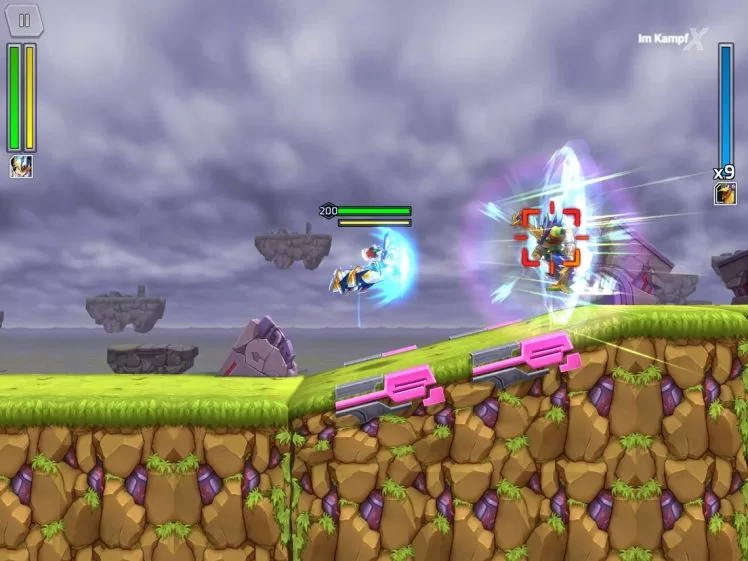This protection, which looks like a real bulletproof vest, is designed to explore deep space, to the Moon, then Mars, in order to protect crews from cosmic radiation.
Space is a dangerous and hostile environment. To explore the Solar System, radiation is an obvious obstacle. Space agencies know this well. To reduce the effects of this radiation on astronauts when they travel to the Moon and then Mars, various strategies are being studied and tested to preserve organisms.
An astonishing prototype will soon return to Earth. NASA has organized in recent months a test of an anti-radiation breastplate. This protection is sent back to Earth on the night of January 9 to 10, on the occasion of the departure of a SpaceX freighter of the International Space Station (ISS). The capsule is to be fished on the 11th off the coast of Florida.
This “garment” may be familiar to you. No wonder: this is a project mentioned as early as 2017, with a view to protecting crews from certain unpredictable events, such as a solar flare projecting particles capable, not only of damaging electronic equipment – such as satellites or a station – but also to harm the astronauts.
A test to test the comfort and usability of the breastplate in weightlessness
It is above all a question of evaluating the comfort of the prototype: “ Crew members wore the Astrorad vest while performing their daily duties and provided feedback on the ease of donning, fit and feel of the vest, as well as the range of motion possible while wearing it. wearing. »
The objective was therefore not to test the breastplate against radiation, but rather to see if it is bearable, without interfering with the daily life of an astronaut – whether it is a question of his daily tasks, his taking meals, sleep or various operations, such as loading and unloading cargo. Too bulky radiation protection would be useless.
In appearance, the Astrorad (a portmanteau word resulting from the contraction between astronaut and radiation) resembles a kind of bulletproof vest: it covers the throat to the lower abdomen, but also the sides. The back is covered in the same way, from the neck to the buttocks. The arms, head and lower body are left “in the open”.
The torso concentrates many vital organs whose lesions caused by radiation could permanently engage the vital prognosis, with the emergence of cancers. The area to be protected also includes tissues and concentrations of specific radiation-sensitive stem cells, it is specified in a presentation sheet on NASA’s website.

The experience aboard the International Space Station comes closest to what crews will experience with trips to the Moon and Mars. Astronauts have widely commented on the jacket’s comfort and usability. These returns will now be used by the Israeli company StemRad to improve the breastplate.
The breastplate, whose development also involves the American company Lockheed Martin and the German space agency DLR, was initially to be tested in 2018 during a manned trip around the Moon. But the vagaries of the Artemis program and the Astrorad’s own pace of development delayed the test by four years, which ultimately took place on the ISS.
Since the Artemis 2 mission is not planned before 2024, we could see it in a new version by then – and thus be tested during a manned trip around the Moon. It is indeed on this occasion that a NASA crew must approach the satellite for the first time since 1972. It was then the Apollo 17 mission that was coming to an end.
In the long term, the jacket, if it gives full satisfaction, could equip the ISS, as well as the future orbital space station around the Moon. It is also a garment that astronauts could wear during the lunar transit, but also on the ground inside a base. And this breastplate could also be mobilized when the conquest of Mars takes place, after 2030-2040.


